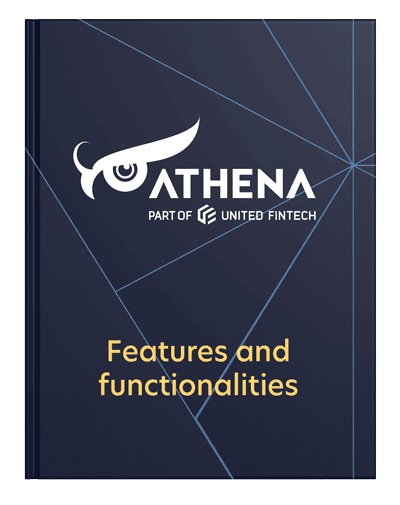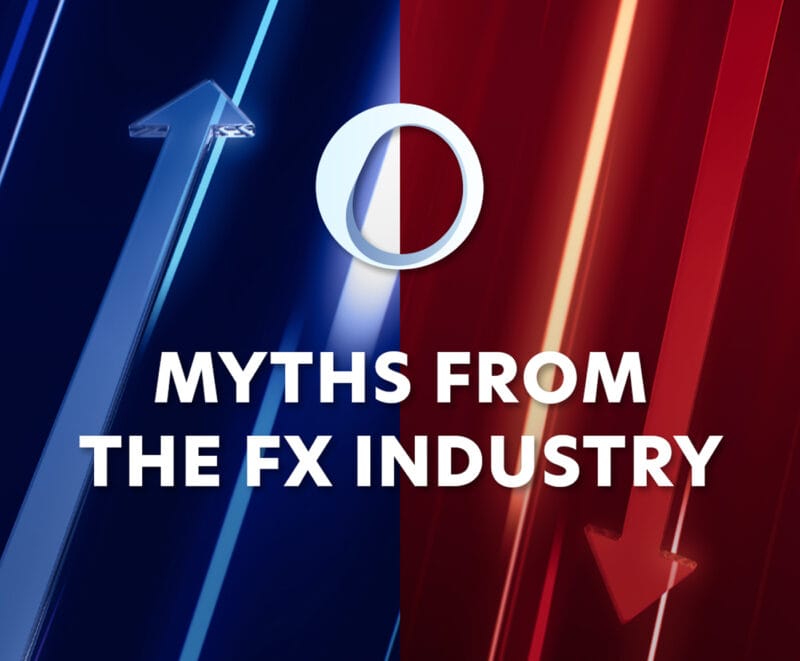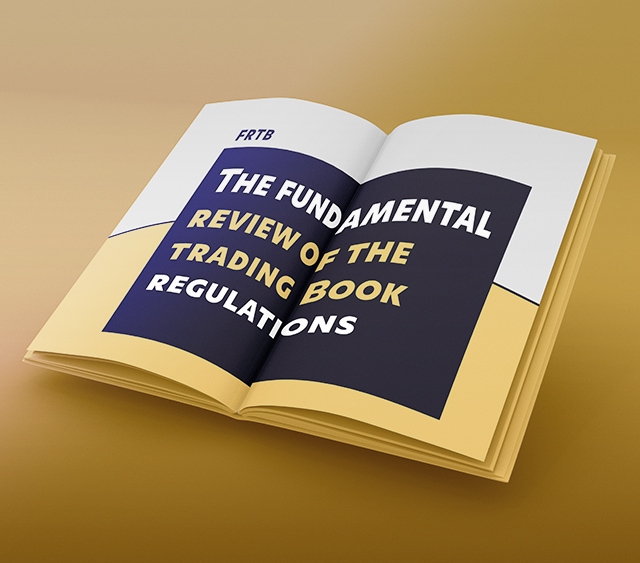If you work in the financial industry anywhere in Europe, you’ve probably heard of MiFID — the comprehensive European Union law governing all things finance. And if you work in the financial industry outside of Europe, chances are you’re still affected by it.
But what is this acronym-heavy legislation? What does it govern, and how does it affect financial services companies?
Here are five questions (and yes, answers) to help you better understand MiFID.
What is MiFID II?
The Markets in Financial Instruments Directive, or MiFID, is a 2007 legislative framework regulating financial markets in Europe and providing protection for investors. Like most EU directives, its goal is to standardize practices within member states.
Together with MiFIR, the Markets in Financial Instruments Regulation, it is a cornerstone of European financial services legislation.
MiFID II refers to the updated version of the directive, which took effect in January 2018. According to the European Securities and Markets Authority (ESMA), MiFID II “strengthens investor protection and improves the functioning of financial markets making them more efficient, resilient and transparent.”
Why was MiFID II implemented?
The original MiFID was always intended to be revised. After its passage in 2007, the European Commission reviewed the implementation and effect of MiFID, especially in light of the 2008 financial crisis and the explosion of new financial technology.
All-in-one solution for MiFID II compliance. Our automated document generation and transmission to supervisory authorities ensure that all our clients meet statutory publication requirements. Contact us today to learn more.
The subsequent MiFID II directive and regulation strengthened the original by removing several exemptions and expanding its scope to cover a wider range of companies and financial products.
Who does it affect?
In a word: everyone.
MiFID II was designed to improve protections in the EU broadly. So anyone who wants to buy a product listed in the EU, even if they live and work outside of Europe, is bound by these rules.
This regulation affects:
- Funds and fund managers
- Banks and bank managers
- Traders
- Brokers
- Institutional and retail investors
MiFID II regulates virtually all financial markets and instruments, including:
- All trading exchanges
- Fixed-income securities
- Equities
- Futures
- Exchange-traded goods
- All retail derivatives
- Pension funds
What is the difference between MiFID I and MiFID II?
MiFID II expands and strengthens many of the provisions laid out in MiFID I.
Both versions of the directive included:
- Organizational requirements for investment firms
- Codes of conduct for businesses in the financial sector
- Authorization requirements for regulated markets
- Requirements for regulatory reporting to avoid market abuse
- Transparency obligations for shares
- Rules on the admission of financial instruments to trading
Automate your regulatory compliance. With the Financial Instruments Automation Platform, you can comply with all regulatory obligations. Audit-proof archiving ensures all documents are permanently traceable.
MiFID II amends the original directive to include:
- New reporting requirements to increase available information and decrease the use of dark pools and OTC trading
- New rules on high-frequency trading
- Stricter organizational requirements for investment and trading firms
- Provisions that regulate non-discriminatory access to markets in order to increase competition
- New requirements on product governance and independent investment advice
- Extension of existing rules to structure deposits
- Expanded responsibilities surrounding:
- Management bodies
- Inducements (commissions, fees, etc.)
- Reporting to clients
- Cross-selling
- Staff remuneration
- Best execution
How does MiFID II impact the financial services industry?
As a result of the breadth of this directive, financial institutions operating in the EU are subject to many more rules and regulations than ever before. This has led to increased operational complexity, especially as it pertains to transparency and data security.
For example, the directive calls for “near real-time reporting for all trades conducted at a trading venue.” Furthermore, it specifies how detailed these reports need to be, listing 50 individual pieces of data, including price and volume information.
According to the Financial Times:
Trades will be timestamped, to 100 microseconds for some, while information in documents for transaction reporting will stretch to more than 65 fields. It must be stored for a minimum of five years, for example, while banks and brokers will be forced to show customers that they were offered the best available price for their trades.
This necessarily results in a flood of data, as institutions record, save, and transfer information on each trade, placing a hefty IT burden on an already technology-heavy industry. Therefore, financial services providers have been required to make significant investments in their internal data management and regulatory reporting divisions or seek trusted partners to manage this on their behalf.
About United Fintech
United Fintech offers the best fintech products on one central platform. We enable banks and financial institutions to access innovative digital technologies by partnering with engineering-led fintech companies with proven capital markets products.
Learn more at https://unitedfintech.com/












